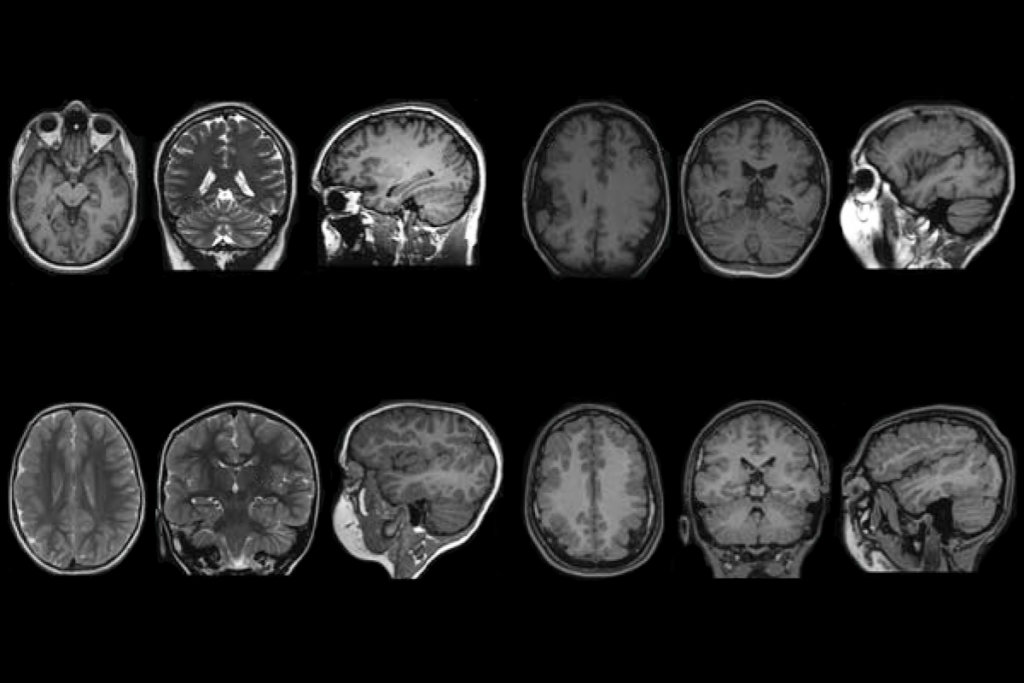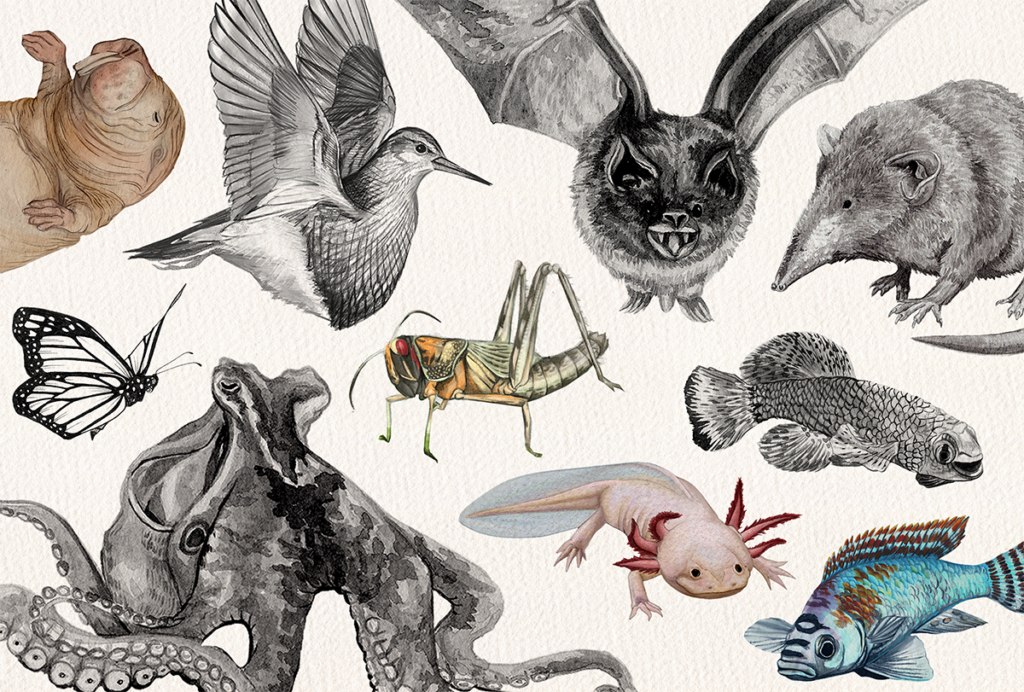All in the family
A new study raises provocative questions about the definition of recurrence in families of children with autism.
‘It runs in the family’ is a traditional description of many neuropsychiatric disorders. Until 1977, however, autism wasn’t one of them.
There are few reports of familial autism in the scientific literature prior to the twin study that persuaded researchers that autism is heritable. Since then, association and linkage studies have proven many times over that autism has a substantial genetic component. Estimates of the risk of a sibling of a child with autism also developing the disorder now vary from 3 to 20 percent.
In fact, traits associated with the disorder may be even more common than previously suspected among the siblings of children with autism. A new study reports that in 1,235 families with more than one child diagnosed with the disorder, about 20 percent of ‘unaffected’ siblings have a history of language delay and speech problems — double the prevalence of those conditions in the general population.
Half of those children use language reminiscent of autism — odd or repetitive phrases, socially inappropriate questions, pronoun reversal and invented words; most are boys.
However, when the researchers focused on quantifying subclinical symptoms using various methods, the scores of some of the ‘unaffected’ girls overlapped with those of girls diagnosed with autism.
Like a Swedish study reported in the news last month, this study suggests that autism may be under-diagnosed and under-reported in girls who have milder forms of the disorder.
It also underscores the fact that autism exists on a continuum, and can include a wide range of social and language impairments. No one gene has been proven to be responsible for more than a small proportion of what are increasingly referred to as ‘the autisms.’ The autism family may turn out to be much bigger than anyone could have predicted.
Recommended reading
Assembloids illuminate circuit-level changes linked to autism, neurodevelopment

Impaired molecular ‘chaperone’ accompanies multiple brain changes, conditions
Explore more from The Transmitter

The non-model organism “renaissance” has arrived
Rajesh Rao reflects on predictive brains, neural interfaces and the future of human intelligence

